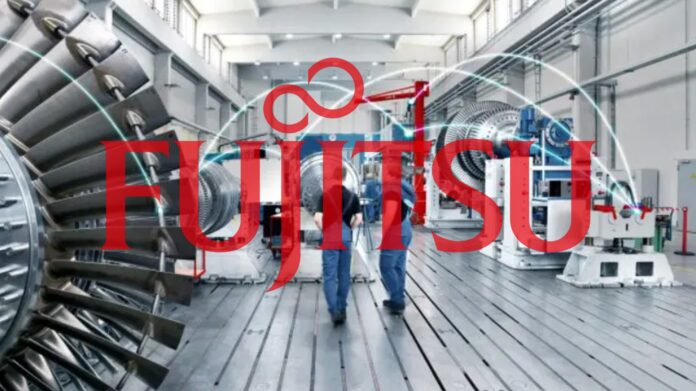Fujitsu is readying a generative AI framework to help enterprises manage large volumes of data, and comply with regulations for its governance. It will be offered with its enterprise AI platform, called Kozuchi, from July. It said the new framework will solve issues for enterprises grappling with specialised and unwieldy large-language models (LLMs), such as with the complexity of data management and compliance, plus with the cost and latency of generative AI outputs.
The Japan-based firm said its new generative AI framework comprises three key tools: “knowledge-graph extended retrieval-augmented generation (RAG)” software, which uses knowledge graphs to link company data to generative AI outputs; amalgamation technology, which selects or combines highest-performing LLMs based on input tasks; and a “world-first” auditing technology, which enables explainable output that adheres with company regulations.
The Kozuchi platform, launched a year ago, has morphed into a “lineup” of AI development and management services. It said it is targeting the manufacturing, retail, finance, and healthcare sectors, among others, and will add to its roster of specialized enterprise AI models as it goes. It features solutions for automated generation of ML models, testing the fairness of AI models, and enabling “causal discovery”, plus “streamlined” access to third-party AI software and technologies.
Fujitsu is looking to enable more specialist generative AI for enterprises, which do not use general-purpose interactive large language models (LLMs), as deployed in the consumer space. It said existing RAG technology, which harnesses external data sources for generative AI, is “unable to accurately reference large scale data”. The company’s own knowledge-graph extended RAG solution expands LLM capacity from “hundreds of thousands or millions of tokens” (data references) to “more than 10 million”, it said.
It achieves this by “automatically generating knowledge graphs [based] on vast amounts of data, such as laws and company regulations, company manuals, and videos”. It said: “This allows for knowledge… to be accurately given to the generative AI, which can then make logical inferences and show the basis for its output. Fujitsu, over many years, has gathered technology related to knowledge graphs… By developing an LLM that dynamically generates and utilizes knowledge graphs, it has achieved the world’s highest accuracy in a multi-hop QA benchmark”.
Its claims are based on HotpotQA and multi-hope QA benchmarks, “question-answering” datasets for generative AI, which suggest a 2.4 percent accuracy improvement over other modern methods, the company said. Its proposal for developing an LLM to generate “lightweight” knowledge graphs, so new knowledge graph extended RAG technology can be used in secure on-prem enterprise environments, has been accepted by GENIAC, a government project in Japan to strengthen development capabilities for generative AI in the country.
Meanwhile, Fujitsu’s new amalgamation technology, developed in house with its Fugaku supercomputer, auto-selects enterprise-specific AI models by imposing ML on the LLM generation process. It remarked: “By predicting [and selecting] the suitability of each AI model… it is able to quickly generate high-performance specialized generative AI… [in] a few hours to a few days. This… enables the adoption… lightweight models… [It] will reduce the consumption of electricity and computational resources, and lead to the development of sustainable AI.”
Its new auditing technology, for streamlined data compliance, uses “explainable technology” to analyse and ‘explain’ the AI outputs, and hallucination “determining technology” to verify the consistency of the outputs. Discrepancies are presented in an “easy-to-understand manner”, the company said. It commented: “Both technologies are able to target not only text, but multimodal input data, such as knowledge graphs and text; combining them with knowledge graph extended RAG allows for more reliable utilization of generative AI.”
It went on (a little convolutedly): “This auditing technique was applied to the task of detecting situations of traffic violations from images of traffic. It… showed the generative AI had focused on the input traffic law knowledge graphs and images of traffic as the basis for the generative AI’s answer.”
Fujitsu reckons its framework will deliver a 30 percent reduction in man hours for contract compliance verifications, a 25 percent improvement in “support desk work efficiency”, and a 95 percent reduction in the time it takes to plan driver allocation in the transport industry.
It said it is “in the process of confirming” its framework can “solve issues in various business[es]” by applying generative AI to “create quality assurance materials from product manuals that are approximately 10 million characters in length, analysis of mobile network connectivity issues, analysis of employee fatigue levels at work sites, and analysis of large-scale genome data”.

